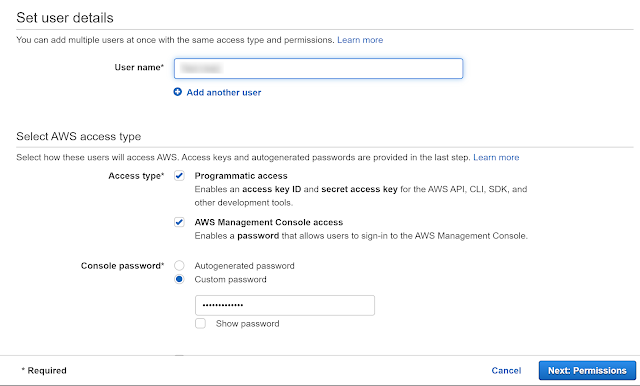The DIMA app is a web app which is built on a microservices architecture. This app allows to upload, display, manipulate and delete the images. This stack also includes the monitoring and observability tool like Kibana, Grafana, Prometheus and Honeycomb. Now that we know a little bit about the app let's start to understand what a microservices architecture is before we get deep dive into the DIMA app architecture.
Microservices:
I had to give a short introduction about the microservices architecture to everyone. I picked up an easier analogy as an example to give an introduction to microservices architecture. This blogpost seemed to be very helpful that explains very well about introducing this term to someone completely new to this terminology. When I started to learn about microservices I read a lot of blogs by Martin Fowler.
"Microservices architecture is an architectural style that structures an application as a collection of services. That are highly maintainable, testable, independently deployable and loosely coupled."
The above definition is from microservices.io. Let's consider an example of a university portal where they have different sections for undergraduate study, postgraduate study, International students, Jobs and courses which serves its own purposes. We can consider these different sections as a simple microservice that serves the business logic and functionality. When we think of building a new feature related to courses or jobs or even maybe for International students, it becomes easier to think of each service and build the functionality for the specific service. Of course, this definitely introduces complexity when we look for testing this as a single service and testing the integration of all these services. Because it doesn't matter whether its a monolith or a microservice or any other type of architecture, for the users it's a single application which they want to use it with ease.
Few of the examples who use microservices are Netflix, Amazon and eBay.
 |
| Image from https://martinfowler.com/articles/microservices.htmlAdd caption |
Now that we went through a basic understanding of microservices, here's how the structure of DIMA app looks like. Here are the images of architecture and infrastructure took from Abby's GitHub repo.
Architecture
We can see here there are different services including the GUI and the database :
- GUI
- MongoDB
- Image Orchestrator
- Image Holder
- Image Thumbnail
- Image flip
- Image Grayscale
- Image Size
- Image Rotator
With all these different services, we need to find out where the problem is so we can figure out what the problem is. So having monitoring and observability tools in place will help anyone to debug the issue.
After having a little exposure to the architecture and stack we followed the instructions to set up the DIMA app stack on our instances so we can then trigger requests by adding/deleting/manipulating images and then exploring the logs and traces.
It was really very helpful to have an understanding of the architecture of the app as it will be helpful while we are looking at the traces or logs and we could see the requests from different services.
Super looking for the next session as we will get to explore more about logging, tracing and metrics.




